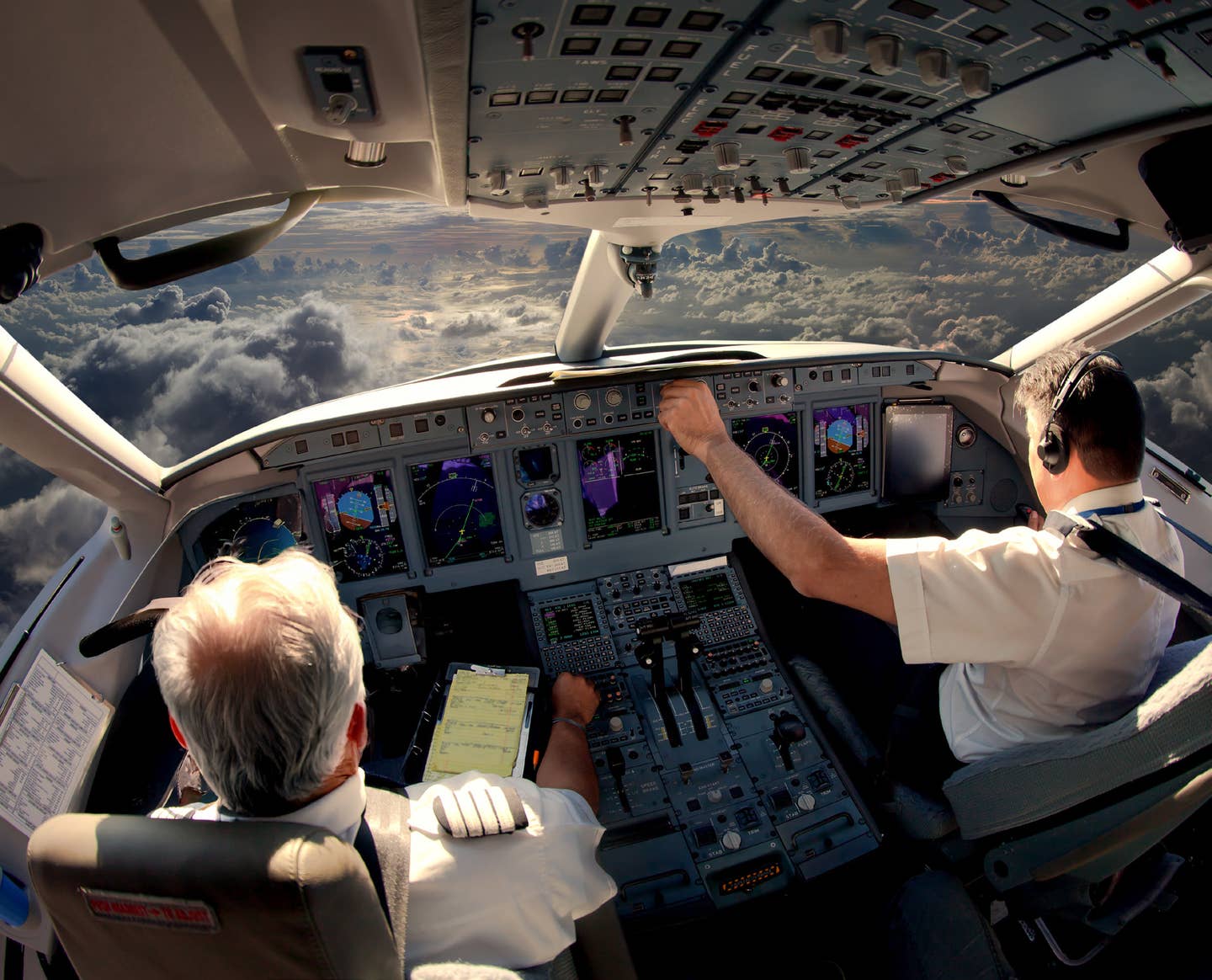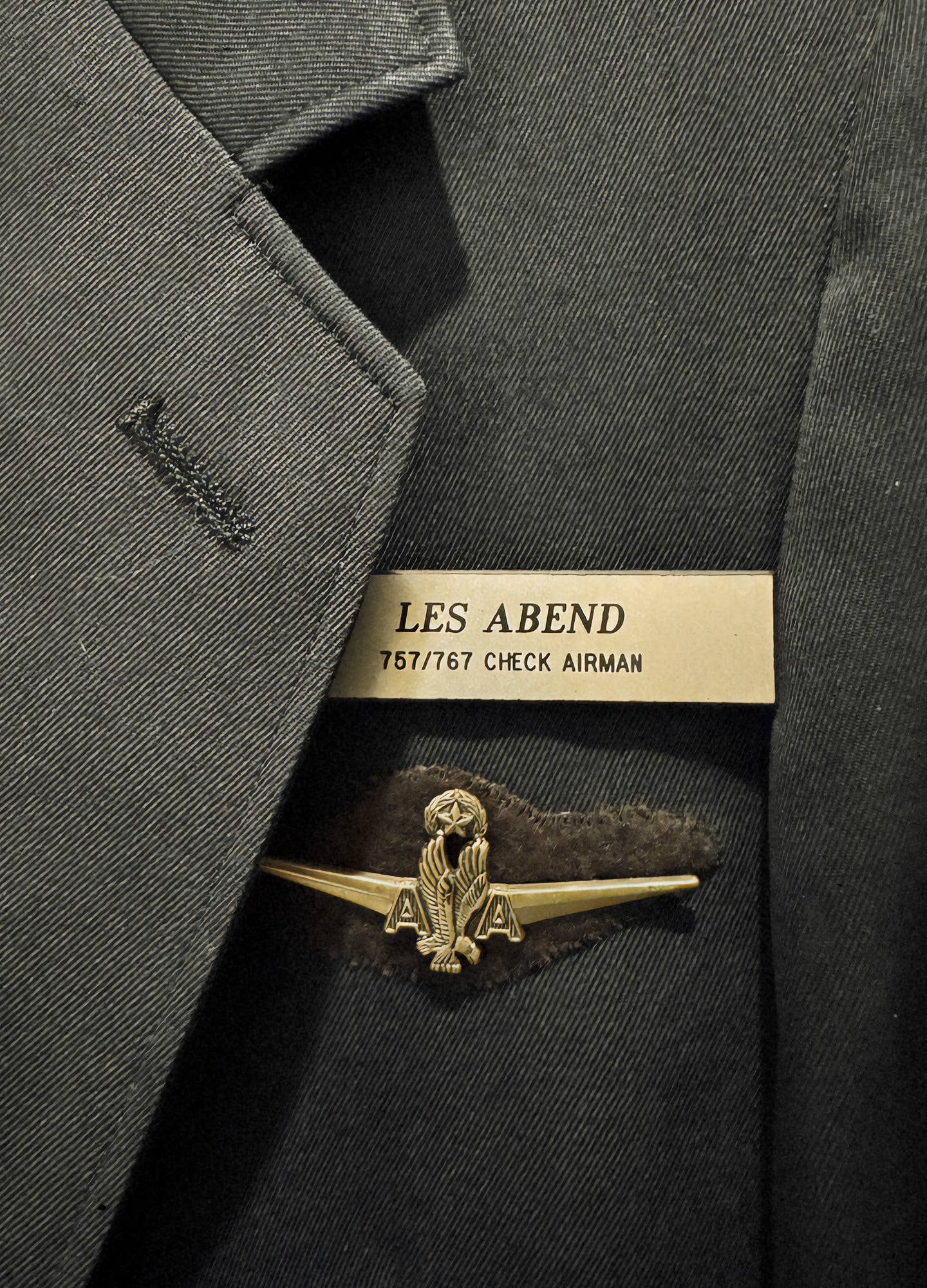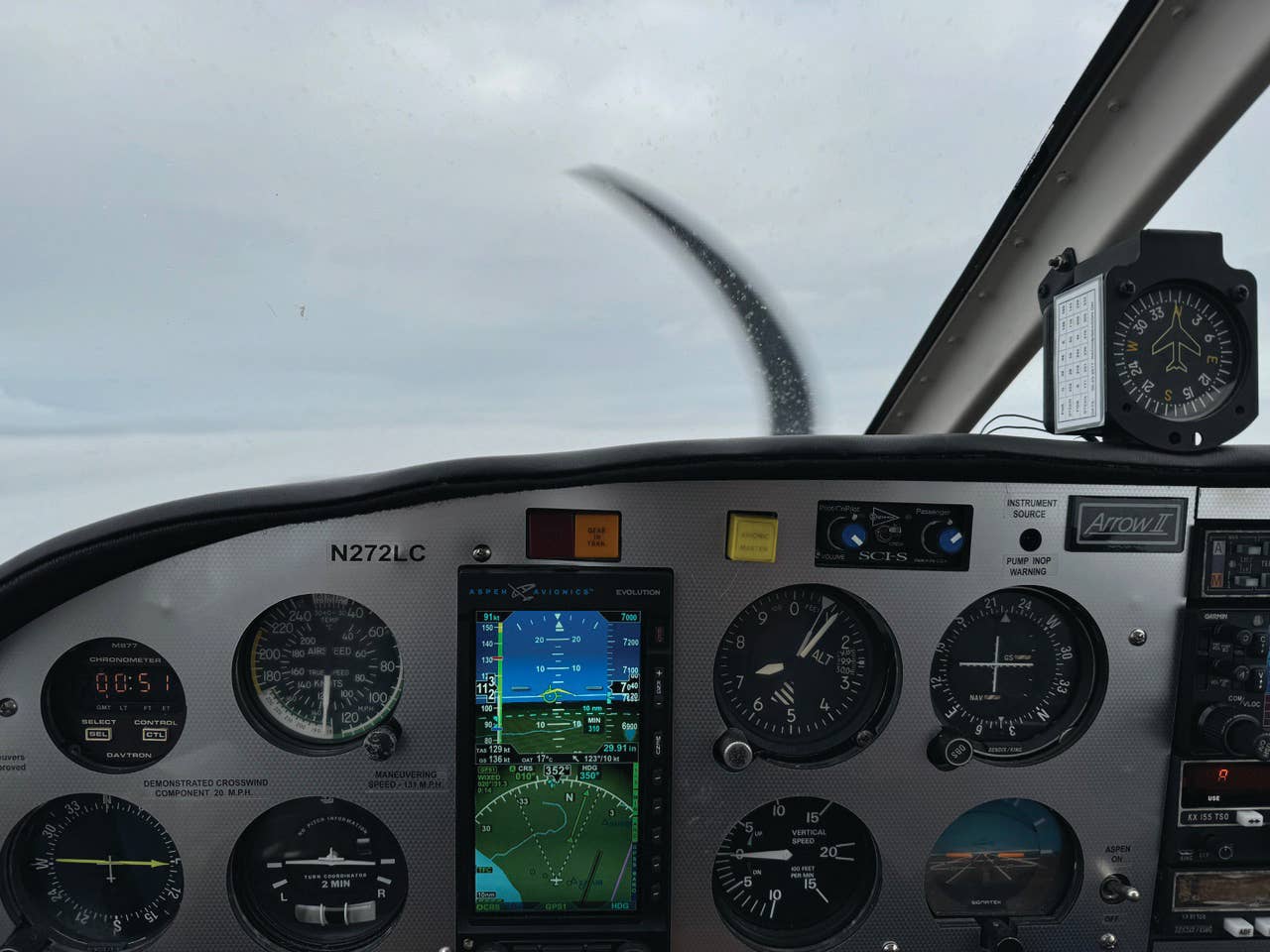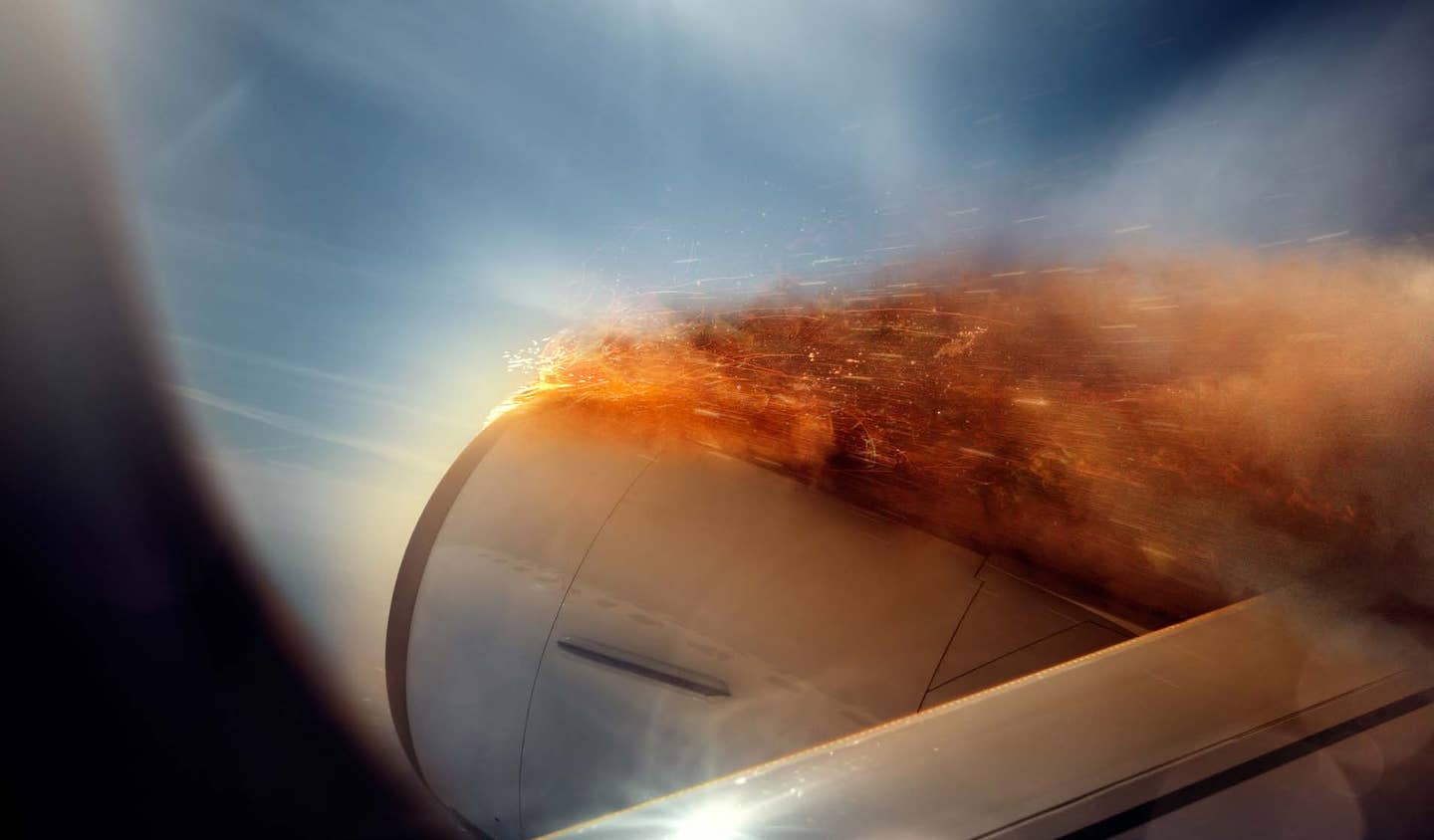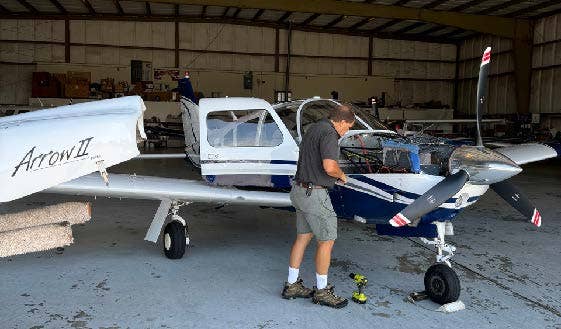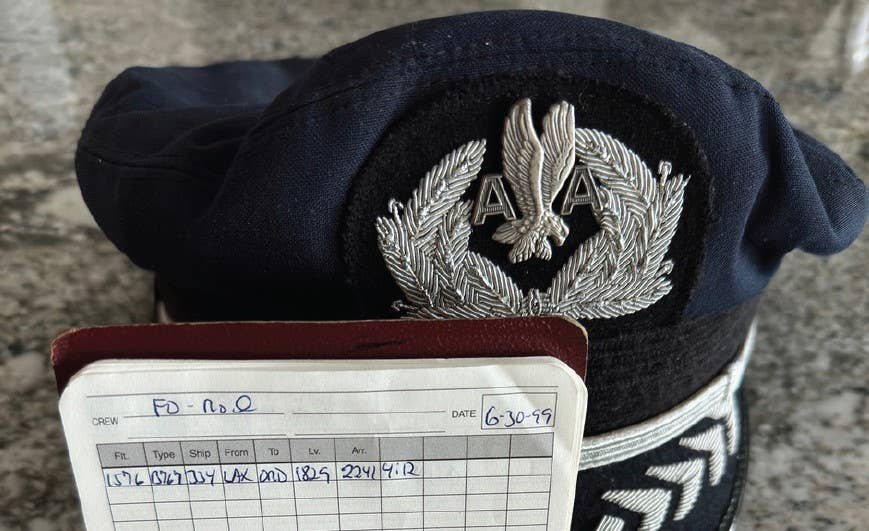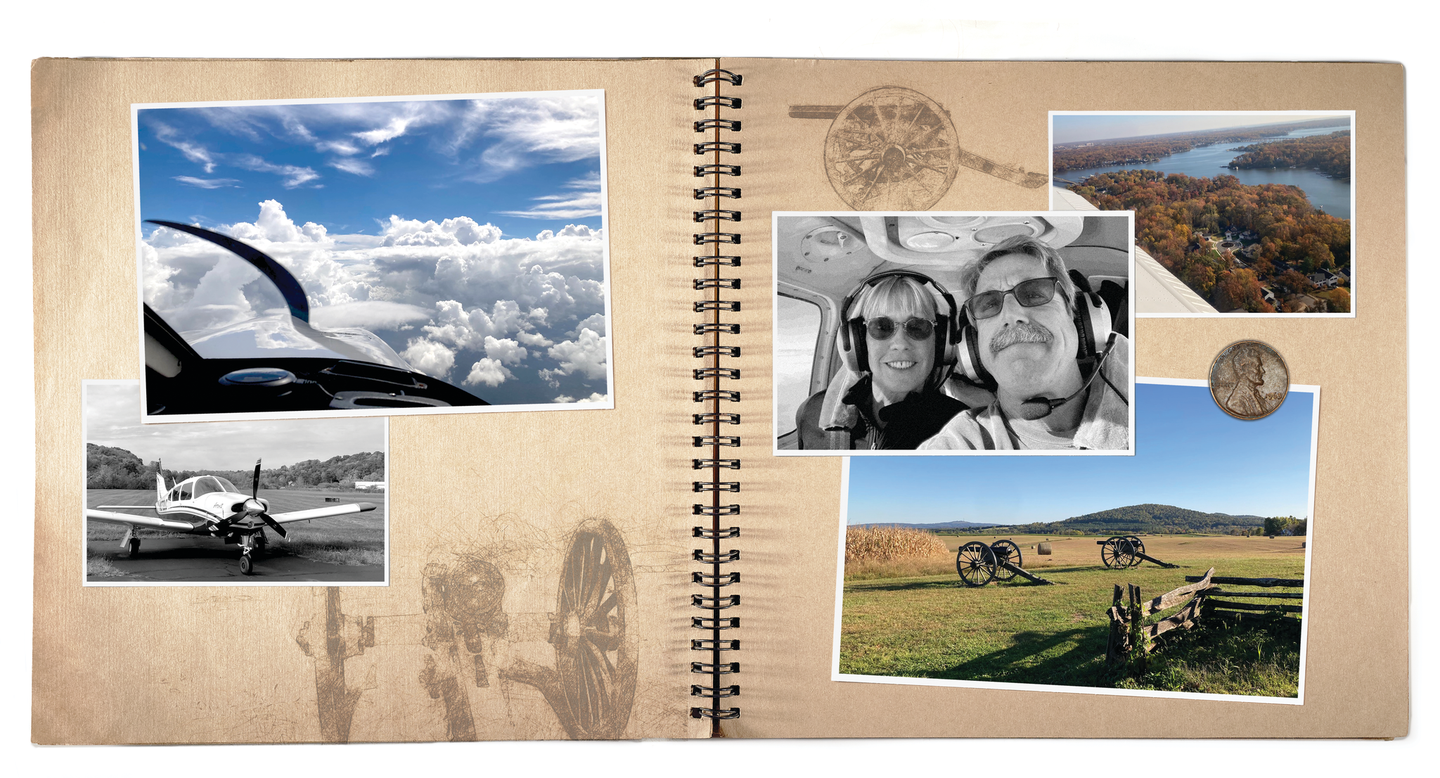
[Photo illustration: Amy Jo Sledge, Images: iStock, Les Abend]
When we received the invitation for the October wedding of our friends’ daughter in Charlottesville, Virginia, the decision to fly our Piper Arrow to the event from Florida was easy. Asking my wife also to ponder a month-long sojourn—connecting with old friends and historic sites before and after the wedding—required further consideration. Despite the Beverly-Hillbillies-with-wings aspect in terms of the bags we’d need, the journey would take us through leaf-peeping season, something we missed after moving out of the northeast.
If you're not already a subscriber, what are you waiting for? Subscribe today to get the issue as soon as it is released in either Print or Digital formats.
Subscribe NowAlthough I miss having the resources that were available in my airline life, I enjoy the challenge of being my own dispatcher, meteorologist, and travel agent. I’ll admit to being a jack of all trades and master of none. Barring the need for a nap, my favorite copilot is not only an active participant in cockpit resource management, but she’s a great baggage loader, adept at organizing stuff to fit in the right places and still be accessible. She is also a competent ForeFlight operator.
The first challenge was departing our hangar. In response to the aftermath of Hurricane Ian, the airport director had allowed a subcontractor of Florida Power & Light to stage a massive presence of personnel and equipment on a portion of the ramp, blocking our egress. After coordinating with the FBO lineman, I used my electric tug to navigate the maze of tractor trailers enroute to the runway without spinning a propeller blade or scraping a wing tip.
Maintaining my instrument currency on my own is now necessary, so I filed IFR for almost every leg of the vacation. Having ATC as a traffic safety net is a benefit, although knob-twisting on the Garmin GNS 430 to enter waypoints is not my favorite task. Having embarrassed myself with a data entry error, I now read the waypoints to my wife from the GPS while she checks the spelling on ForeFlight, a procedure similar to one we followed at the airline.
Our first destination was Summerville, South Carolina (KDYB), near Charleston, reuniting with relocated friends we had missed in the wake of COVID. I warmed up for the trip with a reasonably executed LPV approach thanks to an S-Tec autopilot, an Aspen Avionics display, and a little old-fashioned pilot input.
As our journey progressed, I discovered that advance ATC requests to proceed toward the appropriate IAF (initial approach fix) saved a lot of last-minute maneuvering. In the big jet, such requests were usually unnecessary because ATC was already sequencing airplanes into the flow of high-speed traffic to particular runways at high density airports.
Two days later, I braved a 39-minute VFR flight direct to Conway, South Carolina (KHYW). With a couple of exceptions, our flight times did not test our bladders. And we mostly stuck to the two-day visit pattern, not wanting to age like the proverbial three-day fish with our hosts.
After a pleasant visit with other South Carolina, pandemic-forgotten friends, we departed for Asheville, North Carolina (KAVL). The trip to Asheville was important because we had recently lost our friend’s husband to pre-existing medical complications after a car accident. Warren Rauhoffer, a former Miami-based chief pilot and friend, had officiated our wedding more than 25 years ago. We thought it appropriate to play our wedding video for an audience of one despite it not being an action thriller.
The higher terrain around the Asheville airport offers some challenges. Although orographic turbulence can be a factor, our arrival involved only light chop. A line person from Signature Flight Support towed the Arrow to the far end of the tie-down area, where we weren’t tied down. On our departure day we awaited an escort through the security gate, which never arrived. They eventually provided transportation, but it would have been easier to just roll our luggage across the ramp, as we’re seasoned professionals. Credit to Signature, though—they waived the service fee for the inconvenience.
From Asheville we proceeded to Charlottesville (KCHO) and to the wedding, where we partook of the amenities at the Boar’s Head Resort, which included some much-needed exercise at one of the University of Virginia’s athletic facilities. At the airport, Signature personnel were friendly and personable, but...well...we paid Signature prices. After Charlottesville, we departed on an 18-minute non-stop to Culpepper (KCJR), Virginia. We spent time in the quaint town, visited battle sites, and hiked two trails in the Shenandoah mountains.
A 35-minute flight took us to Gettysburg (W05), Pennsylvania. Although the airport was short on ramp space, the manager was accommodating and great with recommendations. Aside from the historical significance of a town caught in the crossfire of war, it hosts a powerful connection to our past. It was an important perspective to stand on the site where the author of one of the greatest speeches ever addressed the country—Abraham Lincoln.
Departing Gettysburg, I made a rookie mistake in preloading the 430 with the filed route through NewYork airspace. Five revisions and a few vectors to nowhere later, we arrived at our former home airport of Danbury, Connecticut (KDXR). In addition to visits with old friends and a driving tour past our former residence, the Arrow got a prop balance from my friends at Tally-Ho Aviation.
To abbreviate the remainder of the journey, we spent three days with my 91-year-old mom in Syracuse, NewYork (KSYR), and flew to Concord, New Hampshire (KCON), to visit another couple—the husband was about to retire as an Airbus A320 check airman from my former airline. We continued to Boston, arriving at Norwood, Massachusetts (KOWD), taking in the spectacular panoramic view of Beantown from our friends’ 51st-floor apartment. RVR visibilities quashed our plans for a flight to Providence, so Amtrak came to the rescue.
The incredible scenery around Biddeford, Maine (B19), inclusive of Portland’s breweries, was our next stop to visit friends. We then departed Maine, routed directly over my old JFK stomping grounds and continued to Cape May, New Jersey (KWWD), for a semi-informal Allegheny Commuter reunion—the employment during which I had earned an ATP.
From Cape May we altered our course, and I got to test my skills flying an actual RNAV approach and landing on a short, skinny runway—obstacles included—in Annapolis, Maryland (KANP). There, we visited with an Allegheny Commuter captain friend whose career abruptly ended because of a botched medical procedure. She was one of the airline’s best pilots.
The last stop was in Ellijay, Georgia (49A), a destination we have visited numerous times. My JetBlue friend and his wife own a second home on the outskirts of town. The occasional moderate chop and IMC we encountered over mountainous terrain was not high on my wife’s hit parade, but we arrived with our dentures intact.
Our three-hour leg home to Flagler Beach, (KFIN), was not without challenges. The relaxed morning departure time put us in the path of un-forecast afternoon convection, requiring us to zig, zag, and climb to higher altitudes. After five weeks, we were glad to reunite with our Sleep Number bed. The airplane facilitated great memories of the past and present. That being said, I may wait a while to ask my wife about another sojourn.
This article was originally published in the February 2023 Issue 934 of FLYING.

Sign-up for newsletters & special offers!
Get the latest FLYING stories & special offers delivered directly to your inbox


